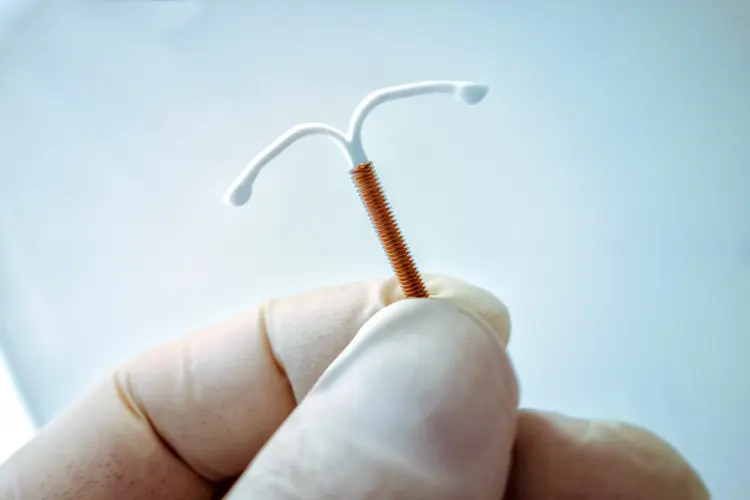We have all heard the phrase “hair today, gone tomorrow” and it’s not just a saying. The hair restoration process is something that many are finding a necessity to undergo these days. Learn everything you need to know about the process of hair restoration in this article – from what it is to the different types available, this article has everything you need!
If you are worried about your hair, you are not alone. According to the American Academy of Dermatology, two-thirds of Americans experience some form of hair loss by the age of 35. And while there are many products and treatments on the market that claim to restore hair, it can be hard to know which ones actually work.
Hair restoration is a medical process that involves taking hair from one area of the head and transplanting it to another. It can be used to treat both male and female pattern baldness, as well as other forms of hair loss such as alopecia areata.
There are two main types of hair restoration: follicular unit transplantation (FUT) and follicular unit extraction (FUE). FUT is the more traditional method and involves removing a strip of skin from the back of the head. The hair follicles are then transplanted to the balding areas. FUE is a newer technique that involves removing individual follicles from the back of the head and transplanting them one by one.
Both methods are effective, but FUE is less invasive and has a shorter recovery time. It is also more expensive than FUT.
If you are considering seeking SMP Services in Melbourne, it is important to consult with a dermatologist or other medical professional who specializes in this treatment. They will be able to assess your individual case and recommend the best course of action for you.
Understanding Hair Loss
Hair loss is a problem that affects both men and women, and it can be caused by a number of factors. Genetics is the most common cause of hair loss, but it can also be caused by illness, stress, medications, and even diet.
There are two types of hair loss: genetic and temporary. Genetic hair loss is permanent and cannot be reversed. Temporary hair loss can be caused by a number of factors, including stress, illness, medications, and diet. It is important to see a doctor if you are experiencing hair loss so that they can determine the cause and recommend the best course of treatment.
There are several treatments available for hair loss. The most common is medication, which can help to slow down or stop hair loss. In some cases, surgery may be necessary to restore lost hair. Hair transplants are an option for those with genetic hair loss, but they are not always successful.
If you are experiencing hair loss, there are several things you can do to make yourself feel better about your appearance. You can try new hairstyles or products to cover up your bald spots. You can also talk to your doctor about ways to improve your self-esteem.
Types of Hair Restoration
There are two types of hair restoration: surgical and nonsurgical.
Surgical hair restoration is usually performed by a dermatologist or plastic surgeon. It involves taking hair from another area of the scalp (called the donor site) and transplanting it to the balding or thinning area (called the recipient site). Surgical hair restoration can be used to treat both men and women.
Non Surgical hair restoration includes a variety of methods that can be used to improve the appearance of thinning hair. These methods include:
- Minoxidil (Rogaine): This is a topical medicine that is applied to the scalp twice a day. It can help stop the progression of hair loss and promote new growth in some people. It is available over-the-counter (OTC).
- Finasteride (Propecia): This is a pill that is taken once a day. It can help stop the progression of hair loss and promote new growth in some people. It is available by prescription only.
- Platelet-rich plasma therapy (PRP): This treatment involves taking a small amount of blood from the person receiving treatment, processing it to concentrate the platelets, and then injecting it into the scalp. PRP can promote new hair growth in some people with thinning hair.
- Low-level laser therapy (LLLT): This therapy uses low levels of laser light to stimulate new hair growth. LLLT devices are available
What Is The FUE Procedure?
The FUE procedure is a hair restoration technique that involves harvesting individual follicular units from the donor area and transplanting them into the recipient site. This technique is often used to treat hair loss due androgenetic Alopecia, or pattern baldness.
Follicular Unit Extraction (FUE) is a minimally invasive hair transplantation procedure that individually removes healthy hair follicles from the back of the head (the ‘donor site’) and transplants them to the balding or thinning areas (the ‘recipient site’).
FUE can be used to treat both men and women who are experiencing hair loss due to Androgenetic Alopecia, also known as genetic or pattern baldness. The FUE procedure can also be used to restore eyebrow hair, beard hair, and chest hair.
What Questions Should You Ask Before Choosing a Surgeon?
There are a few key questions you should ask before choosing a hair restoration surgeon. First, ask to see before and after photos of the surgeon’s previous patients. Second, inquire about the surgeon’s experience level and training. Third, ask about the surgical techniques that will be used during your procedure. Fourth, find out what kind of anesthesia will be used during surgery. Finally, ask about the expected recovery time and any potential risks or complications associated with the surgery.
Conclusion
If you are considering hair restoration, we hope that this article has given you some useful tips and information to help you make an informed decision. There are many different hair restoration options available, so it is important to do your research and consult with a professional before making a decision. We wish you the best of luck on your journey to achieving the perfect head of hair!
- Maximize Your Big Win Potential in Online Slots Through Trusted Sites - October 23, 2025
- Australian Bookmakers Compared: Odds, Apps and Fast Withdrawals - October 23, 2025
- Streaming Beyond the Screen: How Innovation is Transforming the Way We Watch TV Series - October 21, 2025




